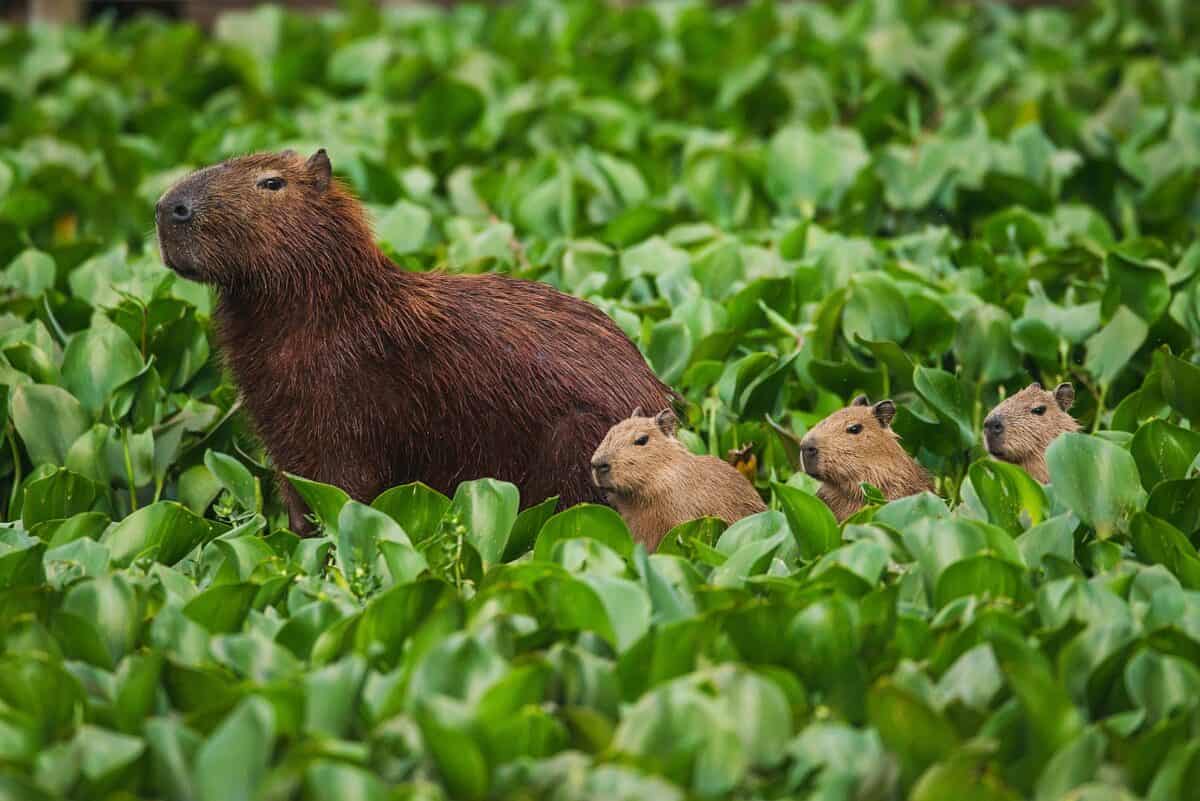In recent years, the capybara has surged in popularity, not just as the world’s largest rodent but also as a beloved figure in media. Capybaras are highly social and gentle creatures native to South America. They have captured the hearts of millions around the globe. This article discusses the unique characteristics of the capybara.
The Gentle Giants of the Rodent World
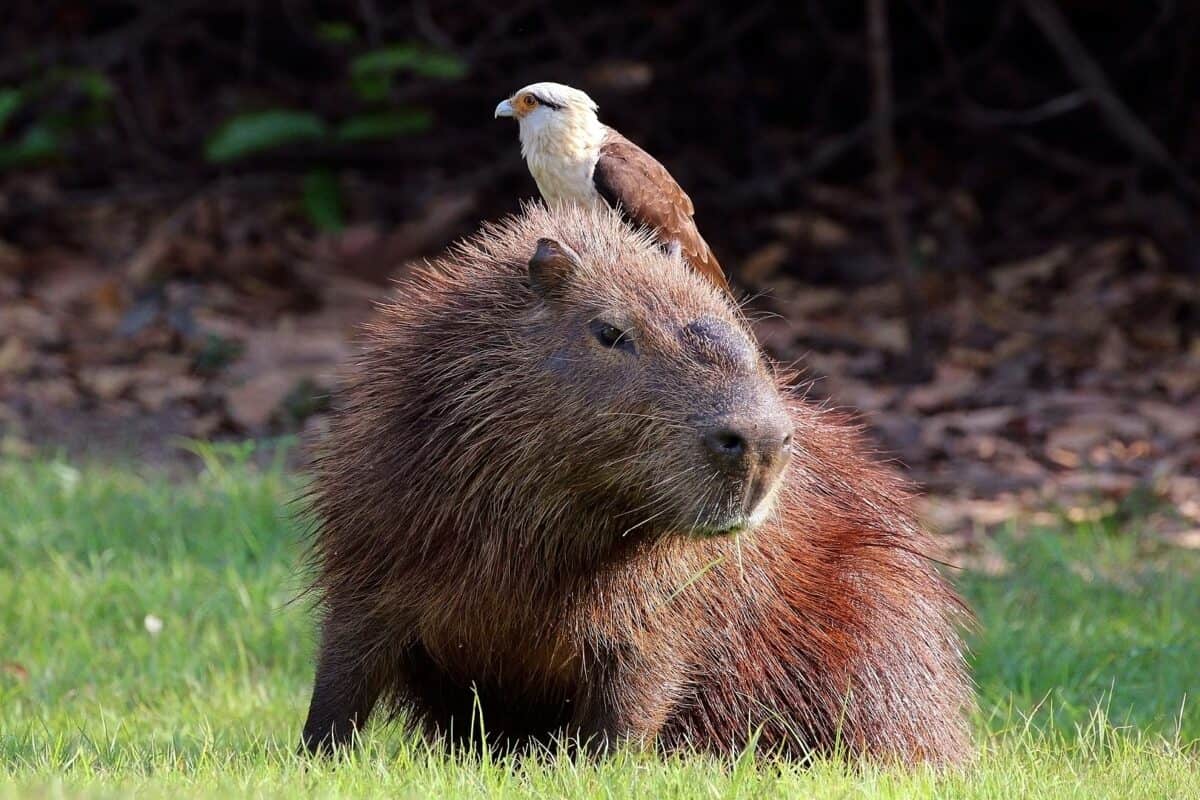
Capybaras (Hydrochoerus hydrochaeris) are the largest rodents in the world, with adults weighing up to 145 pounds (65 kilograms) and measuring up to 4.3 feet (1.3 meters) in length. Despite their substantial size, capybaras exhibit a remarkably calm demeanor and pleasant nature. They live in groups that can consist of as many as 100 individuals. Their ability to coexist peacefully with other species, including birds, monkeys, and crocodiles, underscores their calm temperament.
Semi-aquatic lifestyle
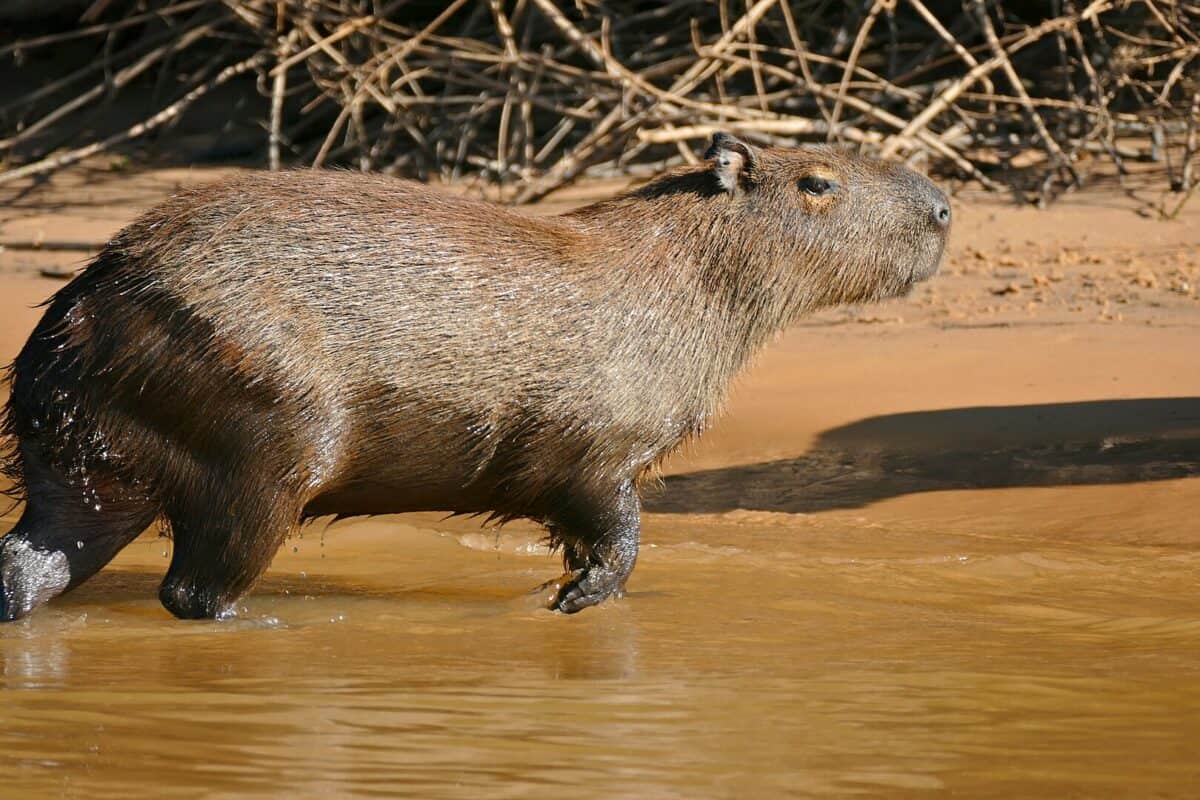
One of the most captivating aspects of capybara behavior is their semi-aquatic lifestyle. They are excellent swimmers, spending significant time in water bodies to keep cool under the South American sun. This affinity for water, combined with their communal living, presents an image of leisure and contentment that resonates with human observers. The sight of capybaras lounging in muddy waters or calmly grazing on the grass with their family groups evokes a serene coexistence with nature.
Capybara in The Media
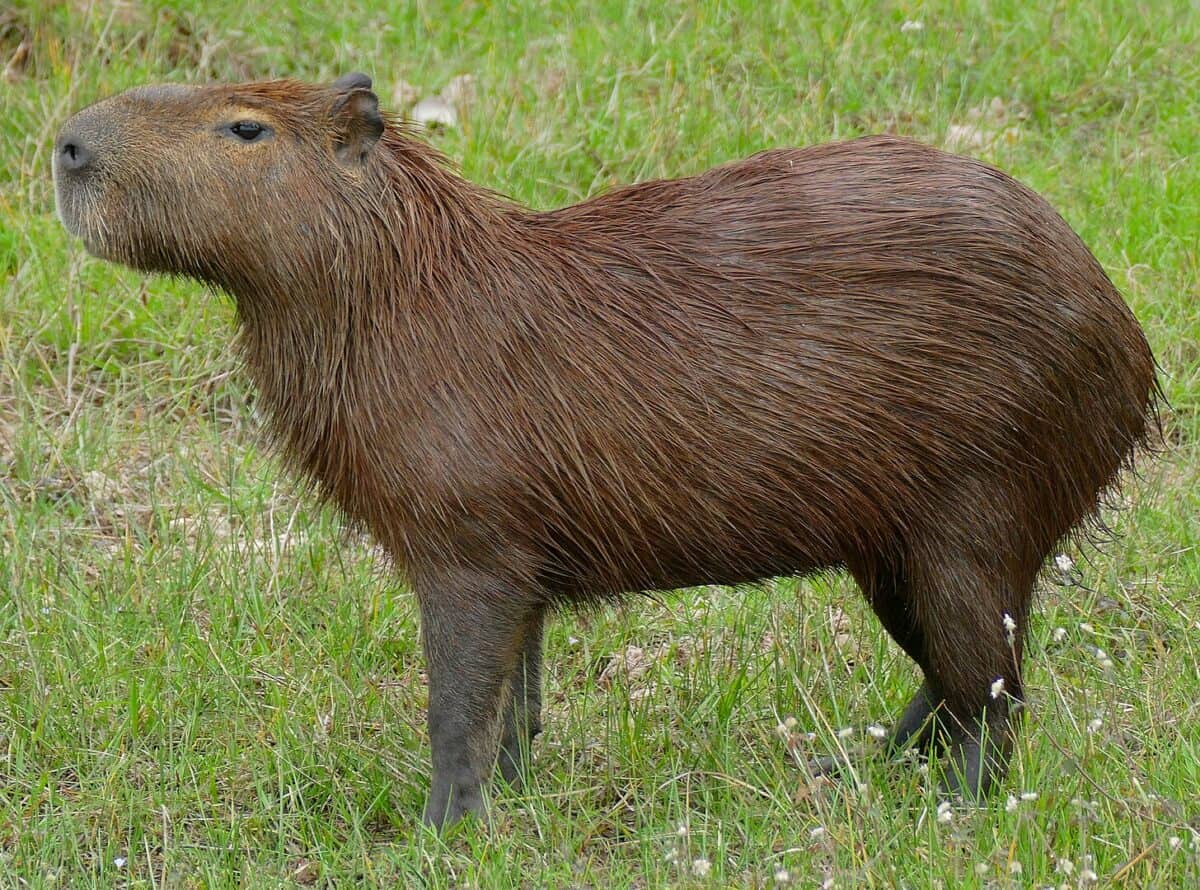
The capybara’s rise to fame in the media can be attributed to their unique blend of characteristics: size, peaceful nature, and amusing habits. Social media platforms have been instrumental in showcasing the capybara’s endearing qualities, with countless videos and images highlighting their interactions with humans and other animals. Their laid-back attitude, especially in situations that would stress other animals, renders them a source of fascination and amusement.
Why the Humor?
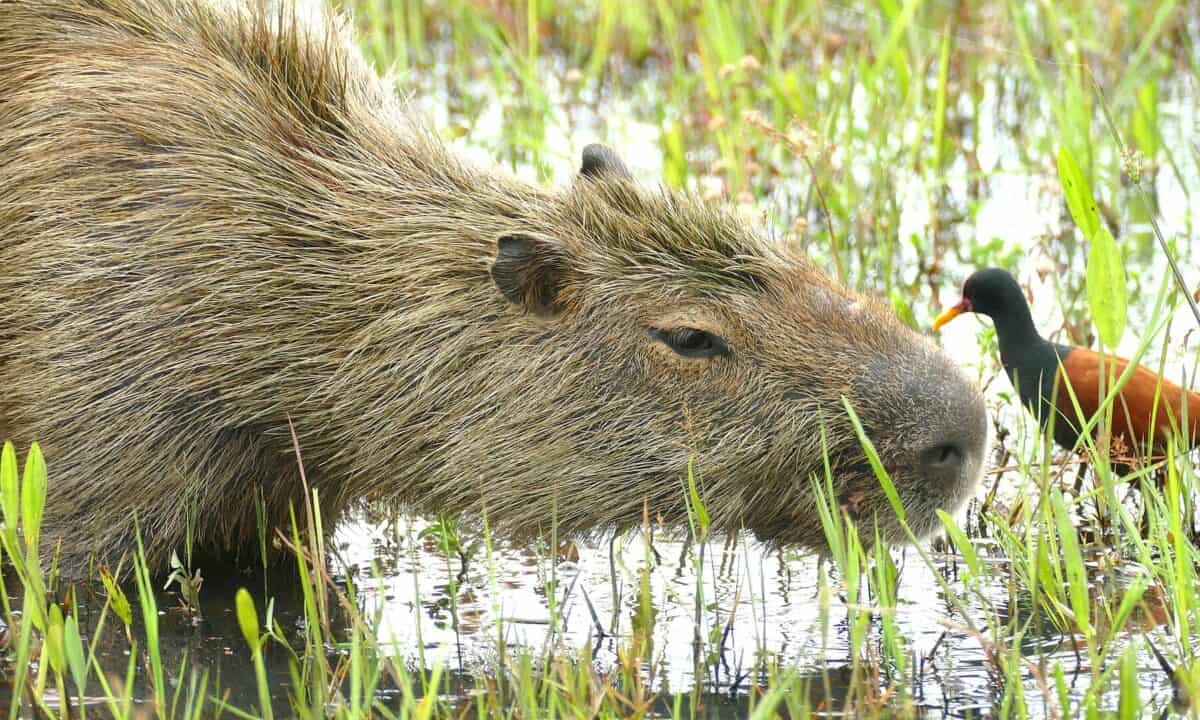
Capybaras have been depicted in the media as funny for several reasons:
- Unexpected Companions: Their interactions with various animals, including predators, present humorous and heartwarming scenes that defy expectations. A capybara lounging with cats, ducks, or crocodiles offers a striking contrast that delights viewers.
- Human-like Leisure: Capybaras often engage in activities that resemble human leisure, such as soaking in hot springs or lying lazily in the sun. These images make them relatable and amusing characters in the eyes of the public.
- Meme Culture: Their calm demeanor in any situation has made them the subject of memes, often with captions that inject human thoughts and motivations into their actions.
Conservation and Awareness for the Capybara
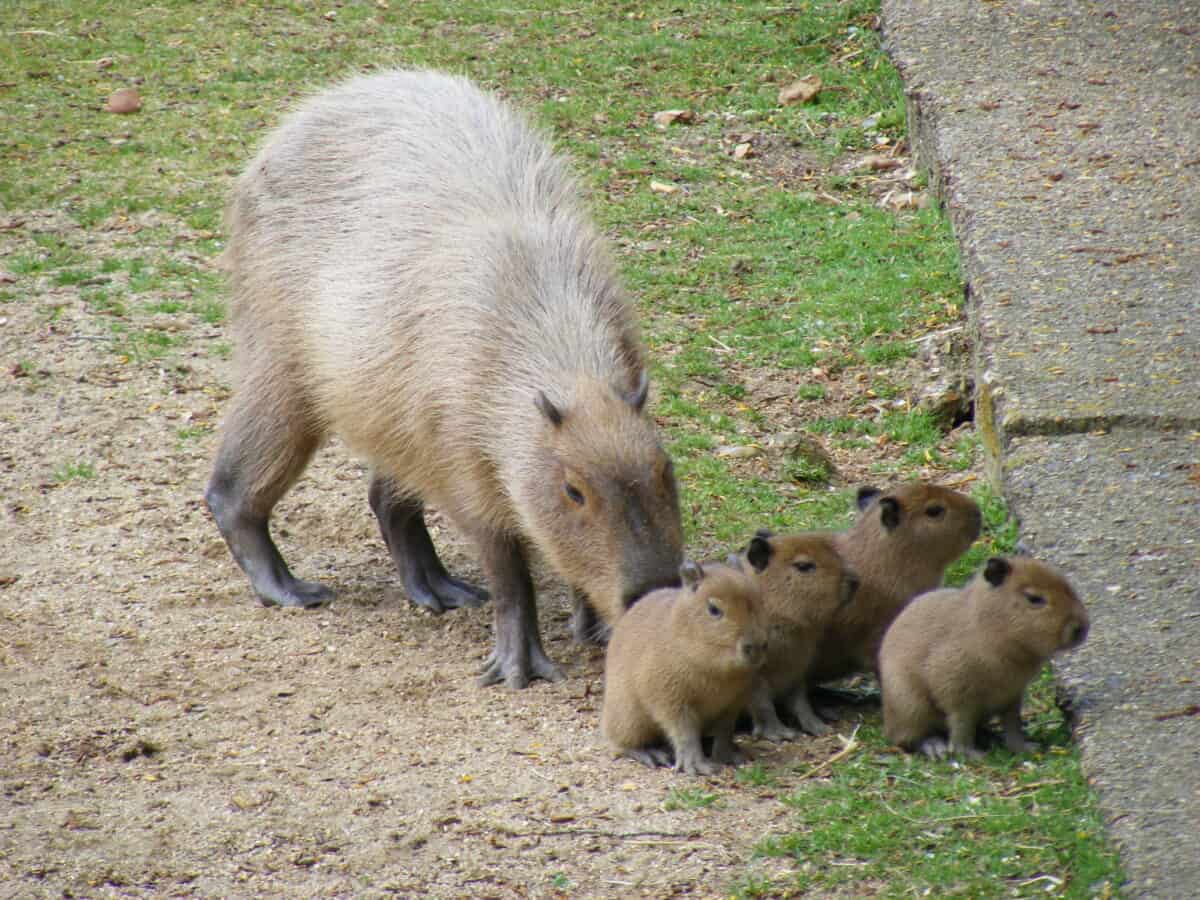
The capybara’s popularity has a silver lining beyond entertainment; it raises awareness about the species and its natural habitat. As with many wild animals, capybaras face habitat loss and hunting threats. The affection and interest they attract can lead to increased efforts in conservation and a better understanding of the importance of preserving South America’s ecosystems.
Conclusion
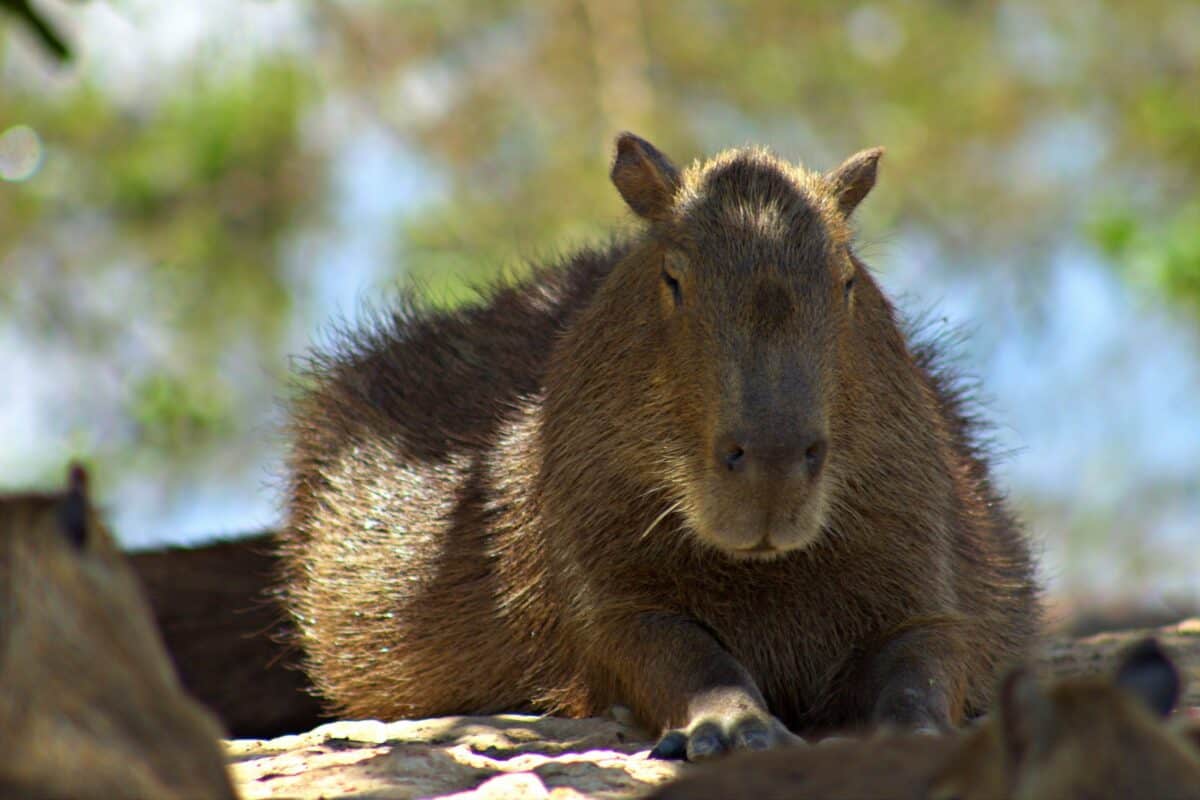
Their status as a media darling is well-deserved. Their unique combination of physical attributes, behavior, and sociability makes them stand out in the animal kingdom. By embodying characteristics humans find relatable and amusing, capybaras bridge the wild world and our own. As we continue to share their images and stories, let us remember our responsibility to protect these gentle giants and their habitats.
You might also enjoy:
Join our Forum for free today!

- The Bond Between a Wild Baby Bison and Her Rescuer - July 20, 2024
- An Excited Husky’s First Ever Time in Snow - July 20, 2024
- Top 20 Colorful Species To Brighten Your Day - July 14, 2024

